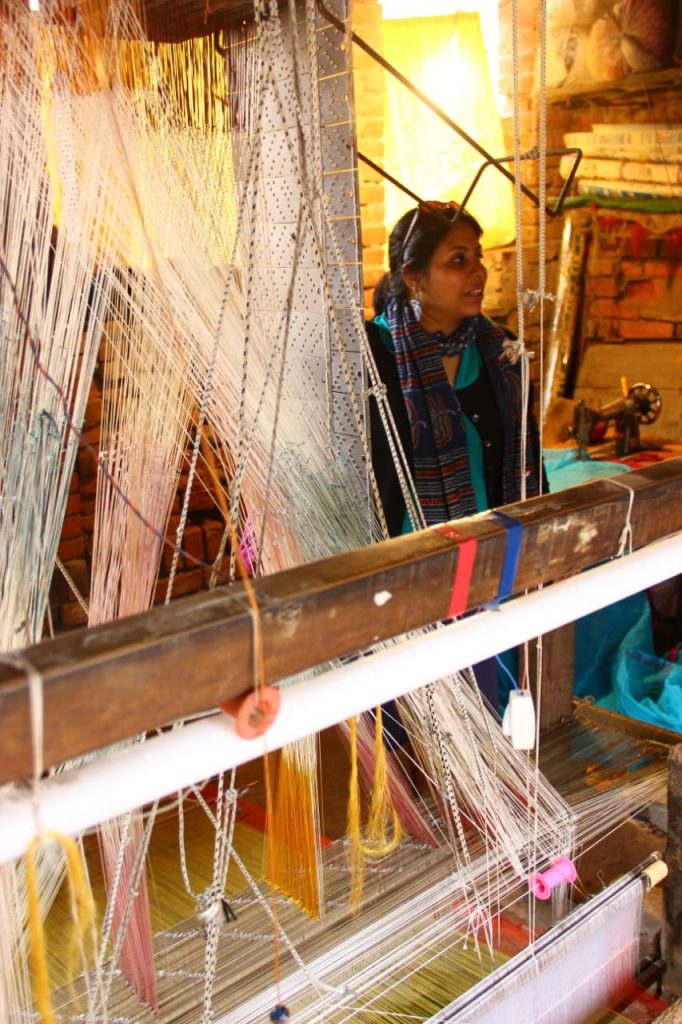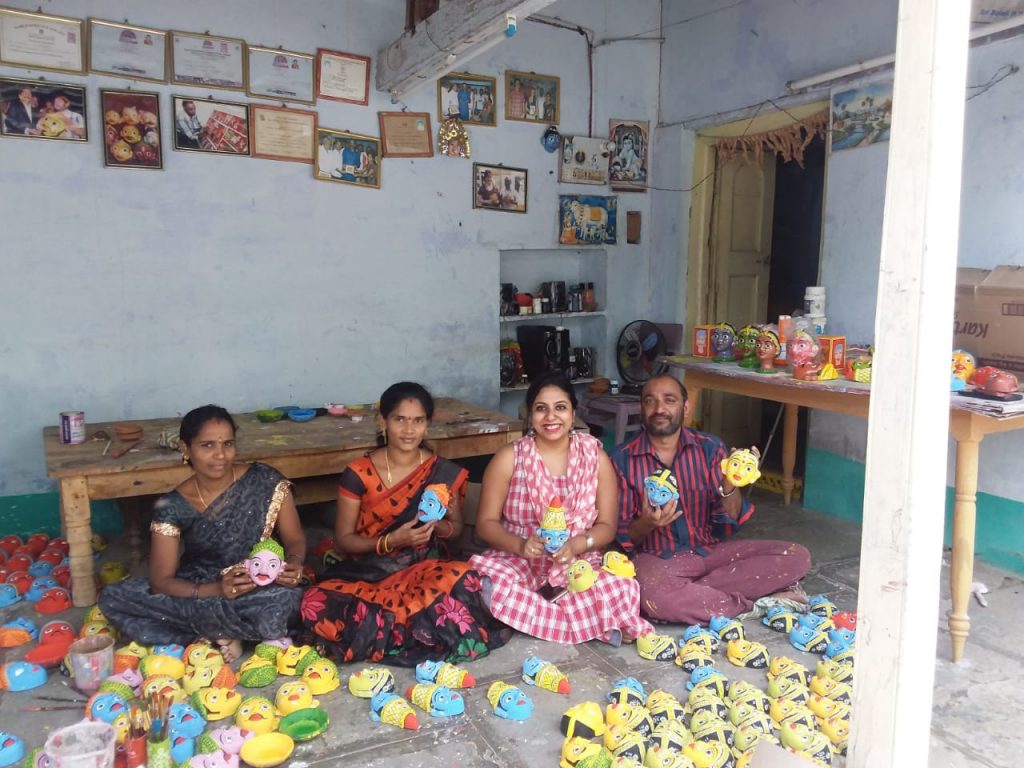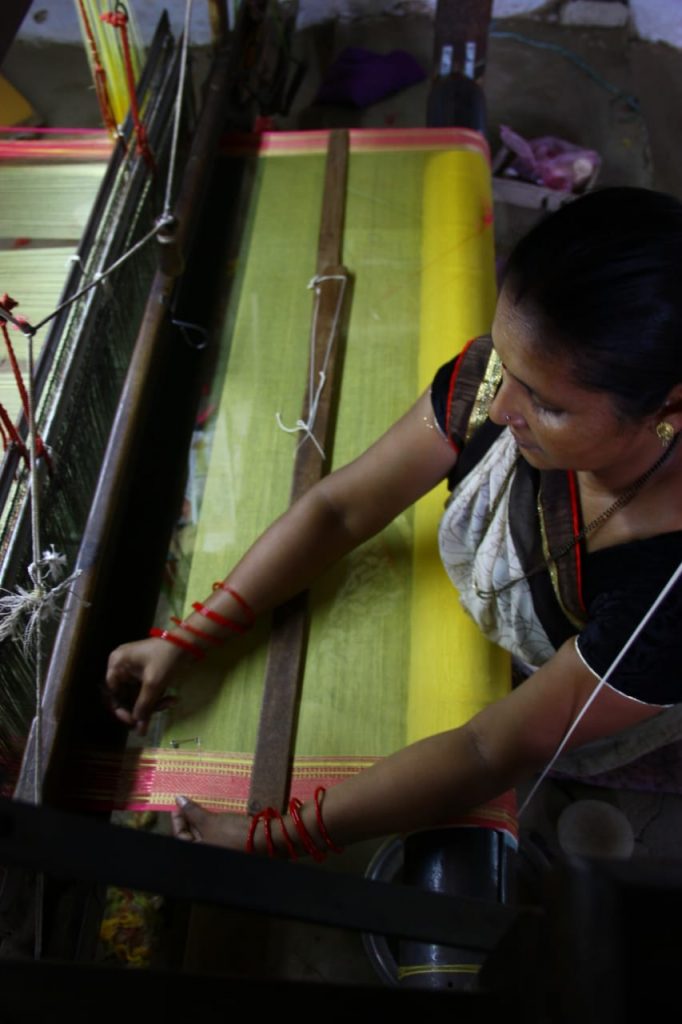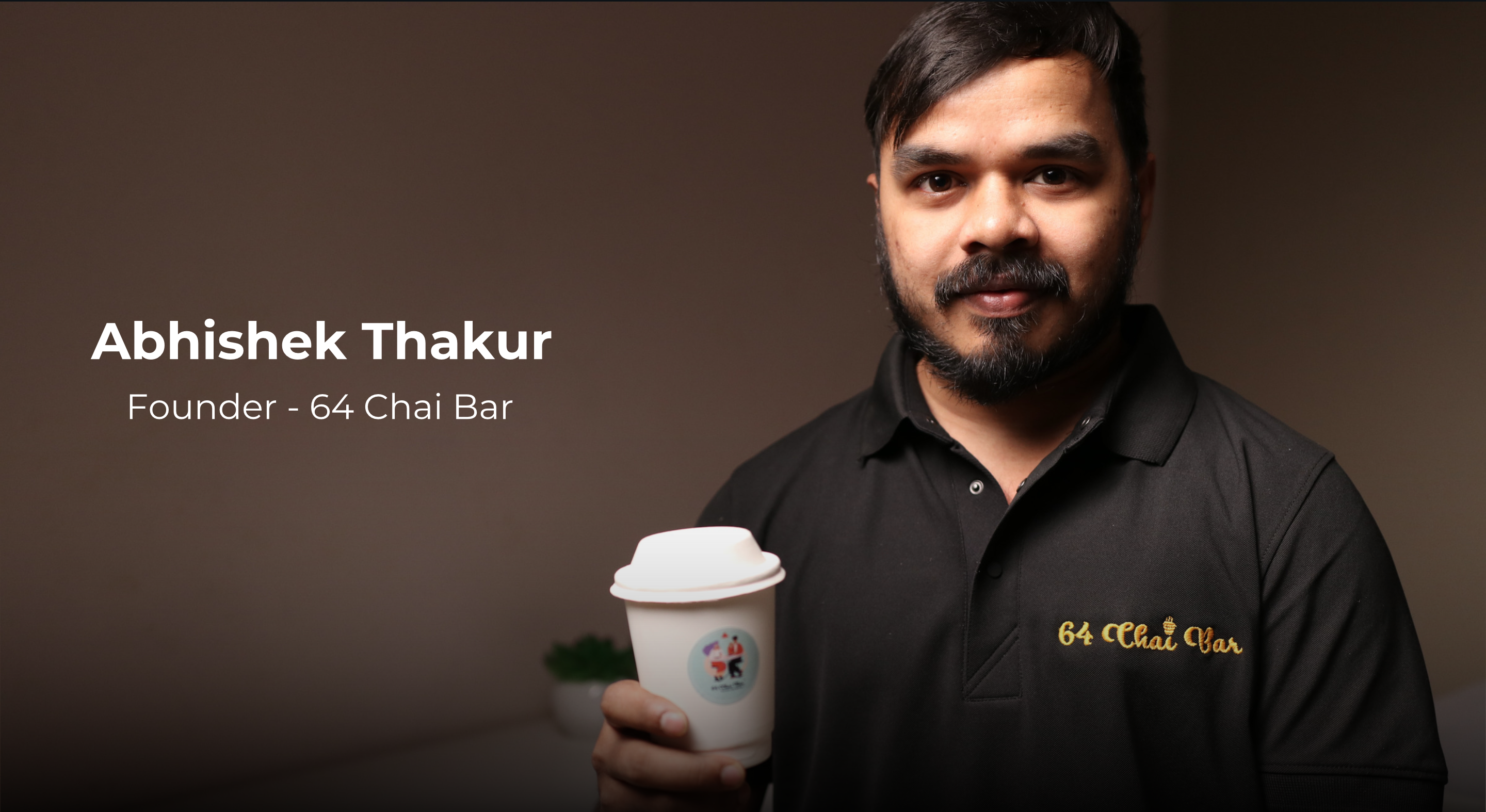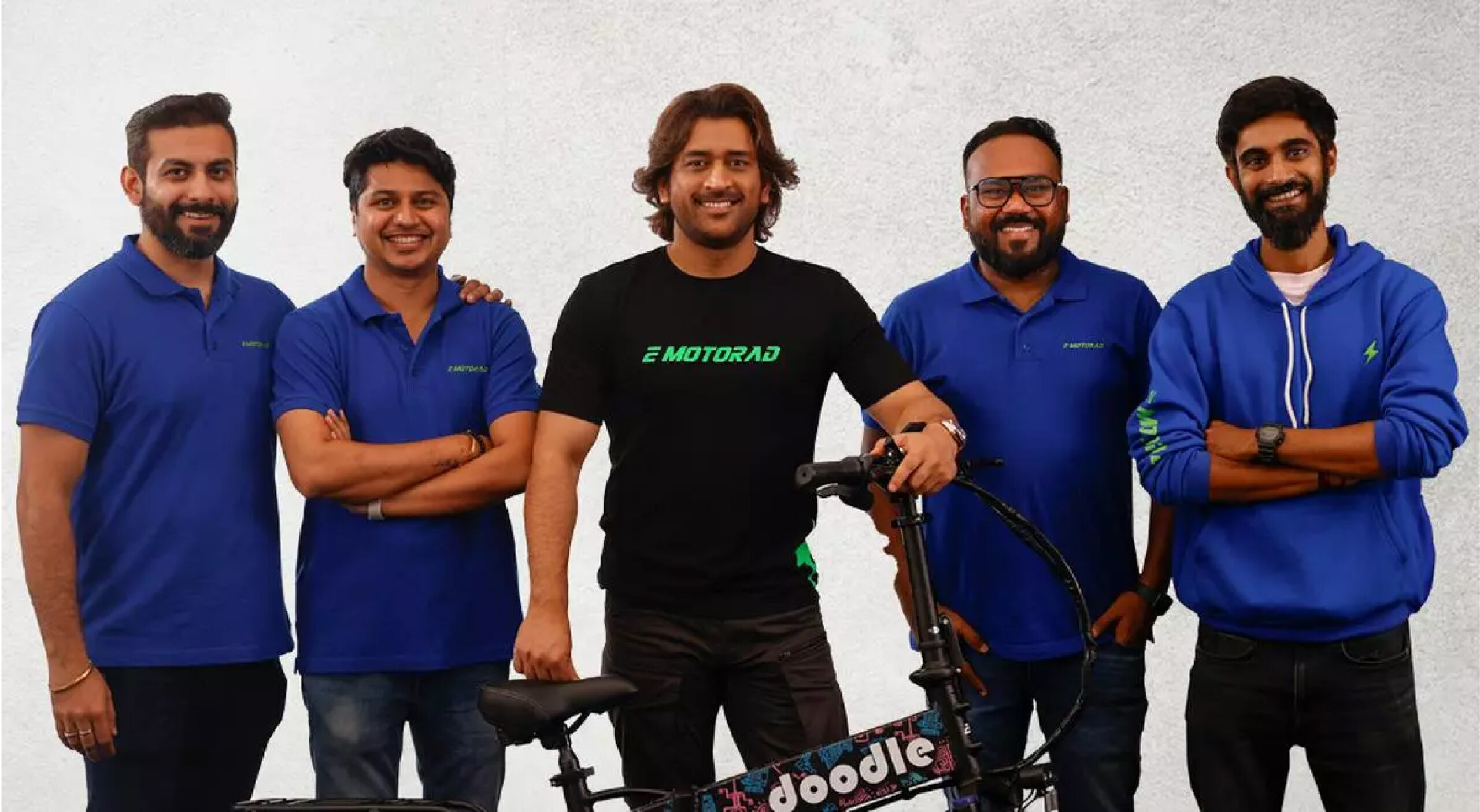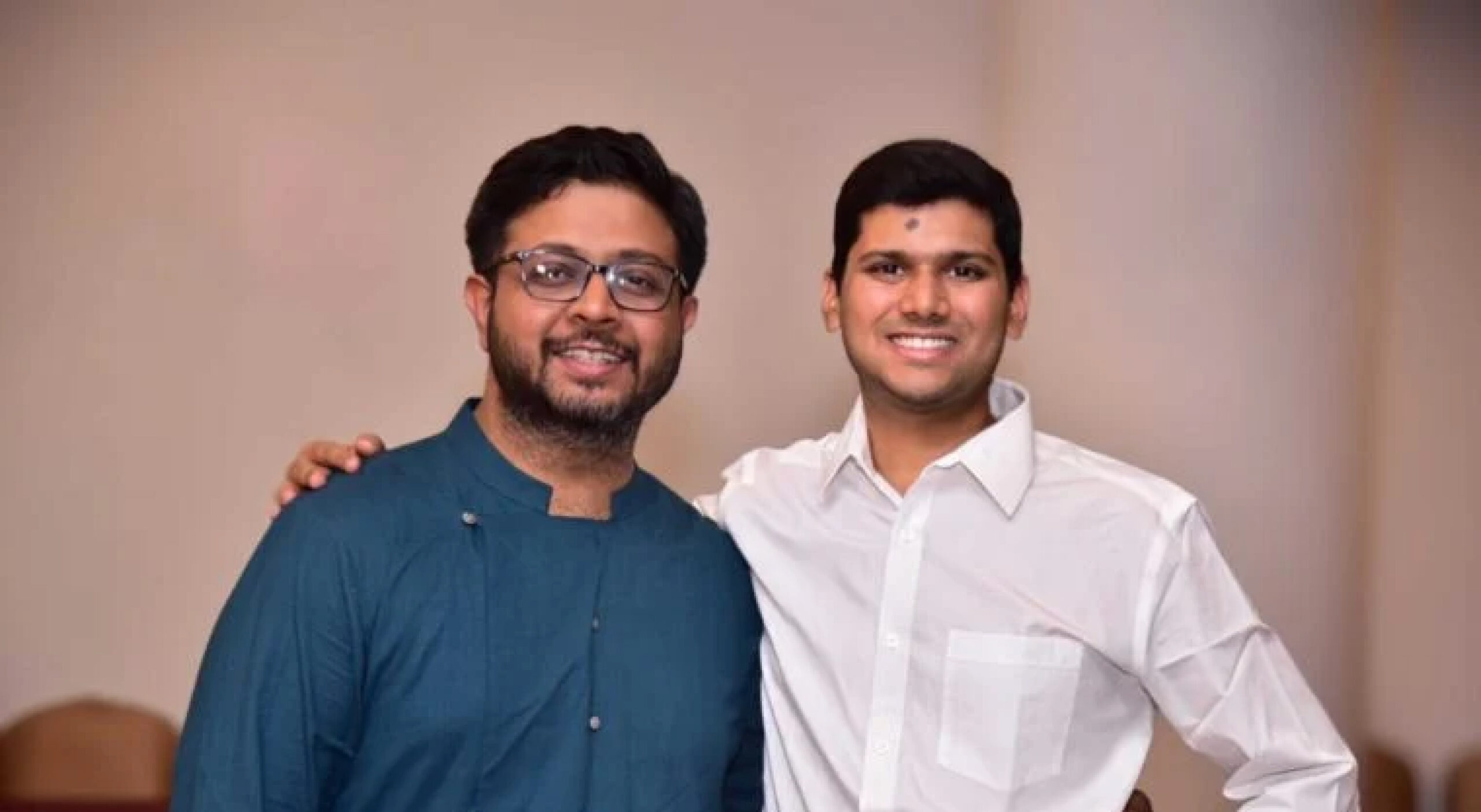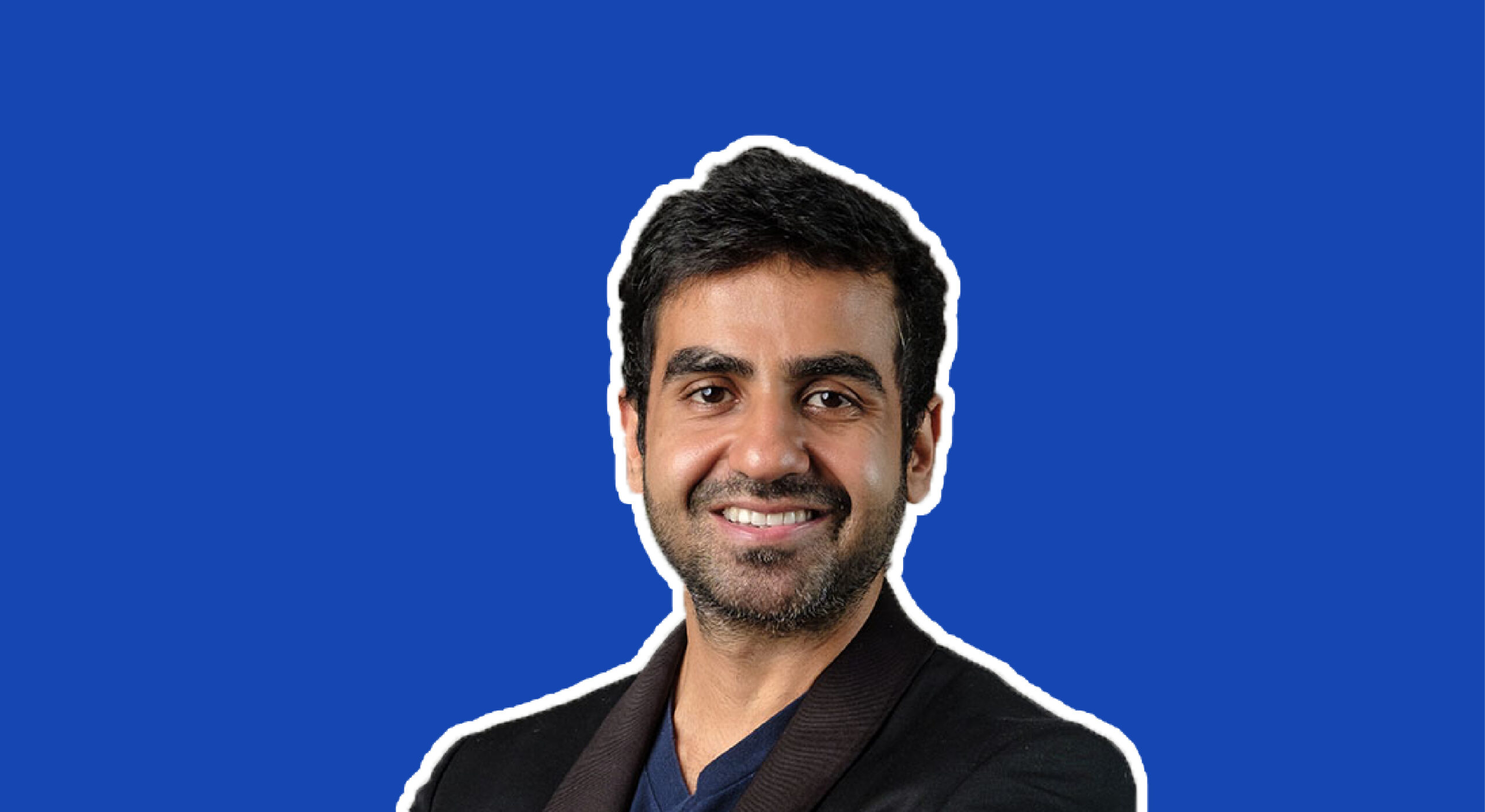Kaisori | Discovering India Through Stories of Handmade
- ByAnushka Singh | December 26, 2020
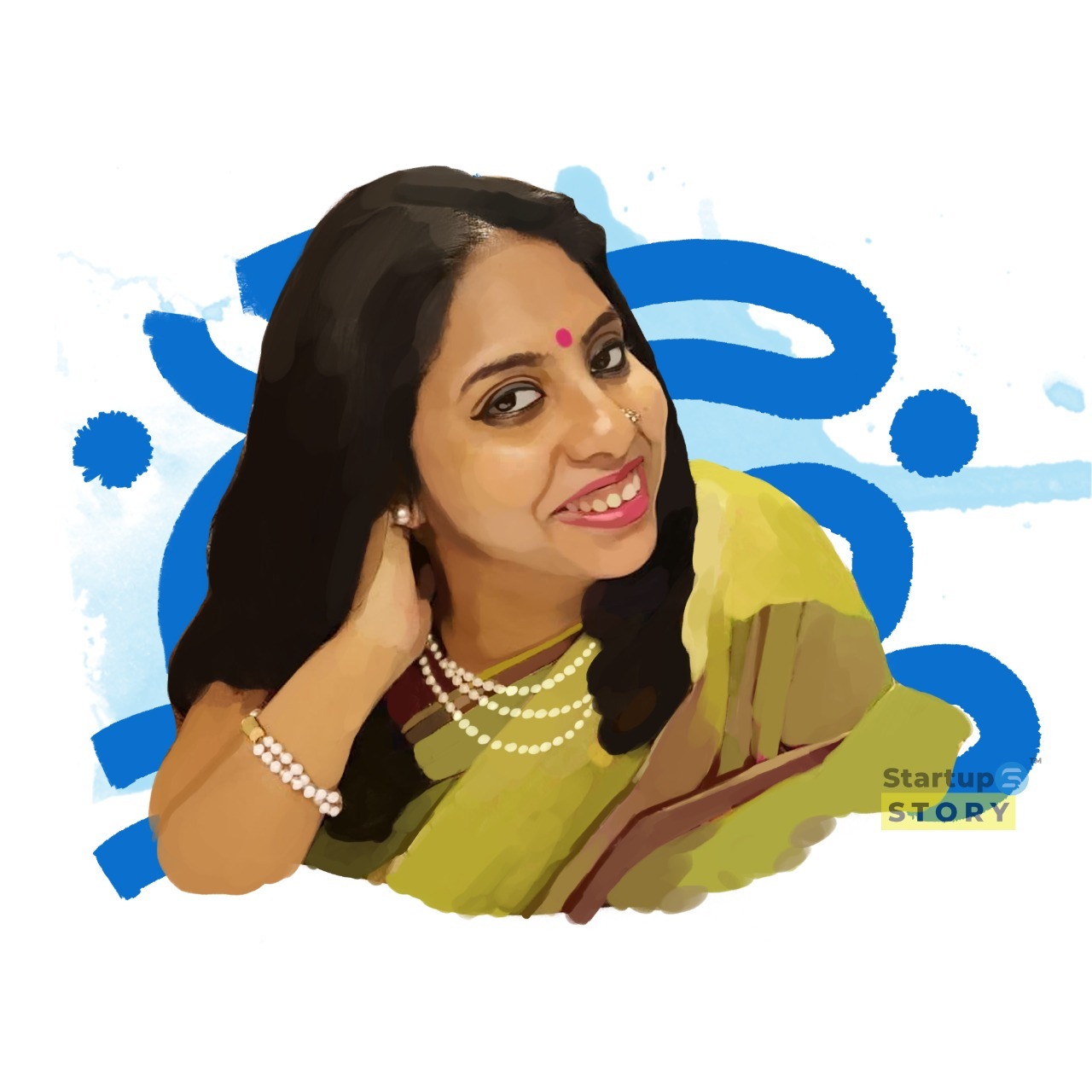
“Crafts are the varied representation of society”- Emily Chakraborty
Indian heritage bears the mark of all the diverse cultures it houses or had at once housed. It has sustained, evolved and adapted its identity, authenticity and intricacies right from the Indus Valley civilisation to British colonialism. And that’s something that Kaisori, the start-up we’re covering in this piece lives to flaunt.
Handicraft functions as a mirror, you look into it, and you see the reflection of not only the artist but his story. India as a nation is a host to over thousands of artisans, painters, craftsmen who are the backbone of Indian culture and are single-handedly producing, preserving and promoting the vestige of their past by telling the stories of their ancestors through their art. India as a nation has no dearth of knowledge, history and stories; they are just waiting out there to be discovered and voiced.
Emily Chakraborty- The Brains behind Kaisori
This desire to seek stories from all parts of the nation through engaging and interacting with India’s heart is what drives Emily Chakraborty. Born and brought up in Kolkata, West Bengal, where she completed her schooling and graduation, she is a true Bengali at heart. She has done her post-graduation in advertising and communications management. She also has 10 years of experience in advertising. Coming to her interests, they are just as diverse as India itself.
Being a woman of multiple passions, she’s a trained Katthak Dancer, has dabbled in filmmaking but the passion closest to her heart is travelling and discovering India. She believes that if one is to find India’s heart, they should visit rural India as “rural India is real India”.
Her journeys are what has shaped her and made her the women that she is today. Listening to her describe her love for India and her travelling experience makes you feel proud to be an Indian, to be born in this land of colours and unending adventures.
The Story of Founding and Seeking
Fuelled by her passion for exploring the fabric of India, she founded “Kaisori” in 2018 to provide artisans, their art and stories a platform to be showcased. Emily wanted to make a difference and do her part in the upliftment of local craftsman and the preservation of their craft.
She believes it’s her “Shiddat” that makes her stay true to herself in this endeavour. Upon asking her what the word meant, she delved into its significance by stating that the word has multiple meanings (another allusion to diversity). The term “Kai” means hand in Kerala and Kaisori means Durga. It depicts Shakti (Power), amalgamation and culmination. It signifies how versatile and flexible art is.
What Makes It Different
We are clothed in garments, our feet are caressed by footwear, and we live in furnished homes. Our lifestyle is synonymous with our personality and is an extension of ourselves. Kaisori works across a spectrum of wellness stories, apparent range, accessory range and footwear. Everything is completely handmade.
No machines are used in the production process, which makes it particularly special as handmade objects carry not only beauty but also the craftsman’s soul who made it. Each handicraft is tailor-made specifically and brings a slice of India with it. Thus, the platform doesn’t sell a piece of garment but a story.
“We do a lot of Kashmir, we work on accessories, footwear, apparel, we do homes, we do many things. The idea was to showcase the magical possibilities of craft and textile coming together to create the lifestyle story. Each of the stories we know are in created in collaboration of the participation of the artisans, so each of them has relevance in terms of stories, each one is created specifically for us”, articulated Emily.
Supporting the Handloom Industry
Handloom and textile industry has a special place in India of today and yesterday as well. It had a special place in Mahatma Gandhi’s heart as well, who believed that the path to empower India truly is through the grass-root levels.
To help bolster the industry’s integrity, Kaisori deploys several innovative techniques such as using miniature “Bundi paintings” as packaging to help revive the art. The aforementioned is just one of the ways in which Kaisori is protecting the treasure trove of local plants, food, crafts and architecture.
Art, Artists and Their Stories
“We are trying to bring back the stories that have been forgotten. We share a story we don’t sell a product. We use plastic free packaging. We came across Boondi painting (a kind of miniature painting) something that has not been that famous of late, so we tried to inculcate it in our packaging.”
With Kaisori, Emily perseveres to showcase the gamut of possibilities of crafts and textiles’ and how they can come together to create a narrative and lifestyle. Each of the stories created is in collaboration with the artists and has relevance in culture. This amalgamation of art allows artists to learn from each other and grow together.
Kaisori’s Message to the World
The importance of Kaisori is further highlighted in the fact that when artisans see their work being displayed and desired, it gives them motivation and a push in the right direction. According to Emily, it is the responsibility of brands moral responsibility to bring to light the talent of the hinterland. It also offers consumers an insight into the different types of local artistic talent out there and thus creates a pyramid of an empowered artist on one corner and a responsible brand and informed customer on the other two.
Lastly, the message that Emily wants to extend is that all of us need to unite and support artisans, there’s no harm in buying from them, it’s not the product that we pay for, it is the creativity, toil and lastly the narrative of the artist.

